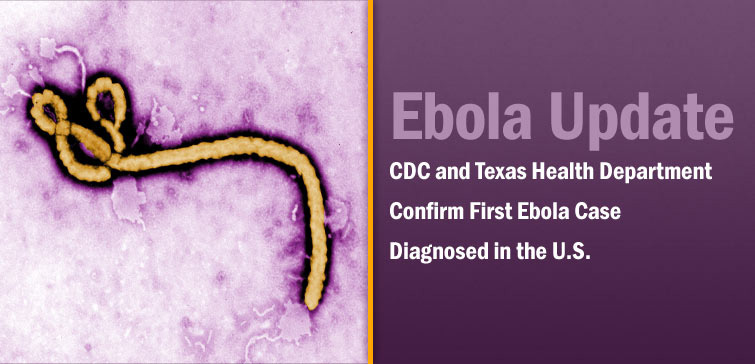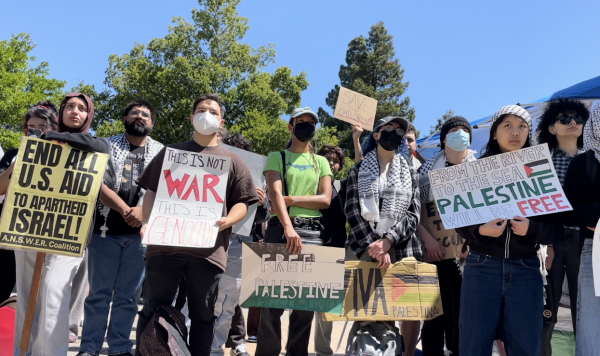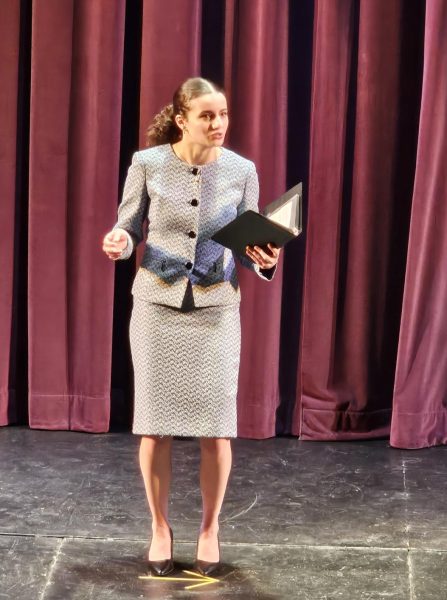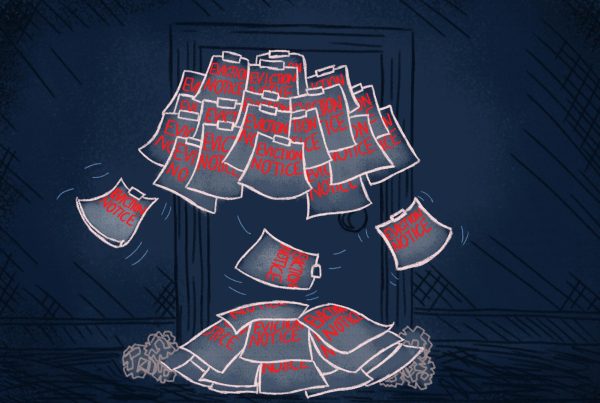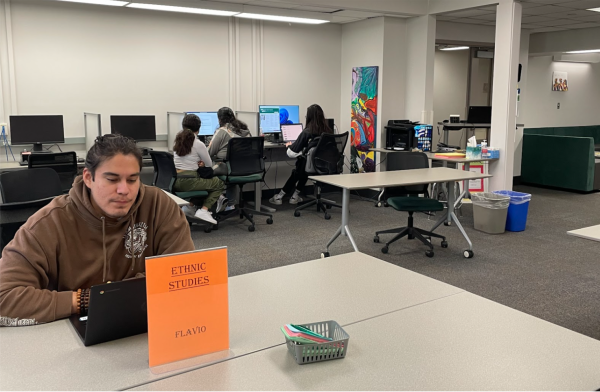Ebola death toll rises as U.S. personnel try to stem the tide
The Ebola virus as depicted on the CDC.gov website.
October 7, 2014
United States military personnel have begun efforts to train health workers and construct dozens of 100-bed field hospitals in West Africa.
President Obama recently announced that up to 4,000 troops will be sent to Liberia to combat the spread of Ebola.
The plan’s aim is to construct a command center in the Liberian capital of Monrovia and build 17 health care facilities to alleviate the already over-taxed hospitals in the region. It remains to be seen how effective U.S. efforts will be in combating the virus.
In a bid to rally other nations’ support, President Obama called on countries at the United Nations General Assembly to speed up aid and commit more resources to fighting Ebola.
“If ever there were a public health emergency deserving of an urgent, strong and coordinated international response, this is it,” Obama said on Sept. 25, according to the Wall Street Journal.
A report by the Centers for Disease Control estimated that there could be 1.4 million Ebola cases by Jan. 20, 2015 if effective methods of containment cannot be found. These estimates are based on the fact that 2.5 times as many cases of Ebola go unreported compared to reported cases. With 7,492 cases of Ebola and 3,439 deaths officially reported as of Oct. 4, those numbers could quickly skyrocket.
The spread of Ebola to the U.S. has many concerned after news that a man was admitted into a Dallas hospital with the disease on Sept. 25. Liberian citizen Thomas Eric Duncan is the first patient diagnosed with Ebola in America, and may have come in contact with as many as 114 people. Though health officials have narrowed that list to 50 people, only nine are high risk individuals.
The event has sparked a fear over a potential outbreak in the U.S.
However, many Diablo Valley College students were not as convinced that Ebola posed a major threat to the U.S.
Computer science major Miles Dawes, 18, was skeptical but in favor of helping victims.
“We should help, since West Africa isn’t fully developed. I’m glad we’re doing it, but I really hope it doesn’t come back to us,” he said.
Nicole Jorgenson, 20, a marine biology major, wasn’t as concerned: “While it is worrying, I don’t really feel like it concerns me because it sounds so far away.”
According to Suzanne Sparacio, a biology professor at DVC, Ebola doesn’t pose a huge risk to those in the U.S.
“Ebola is transmitted through bodily fluids,” she said. “Therefore, casual contact or walking by an infected person will have a very low transmission rate. Anyone using precautions to avoid bodily fluids, as described by the CDC, should avoid an infection.”
“However, there are no guarantees,” Sparacio said. “As demonstrated by the recent infections of humanitarian medical workers; if one of the medical aid workers returns to the U.S. with Ebola, we have the means to properly isolate this individual.”
As the disease continues to spread, it’s hard to tell if U.S. and international efforts can stem the tide.





































































